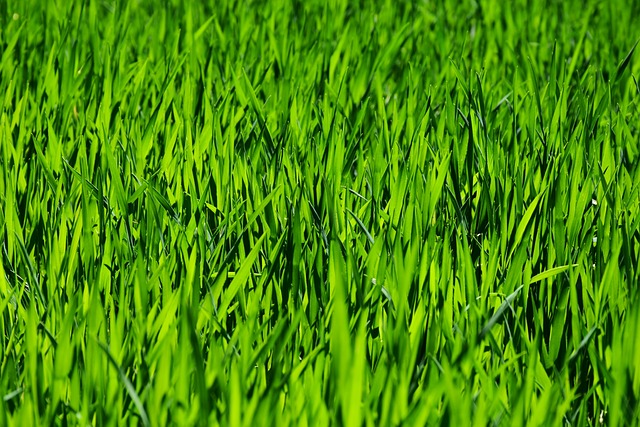Lawn care and landscaping professionals benefit from mulching and edging techniques. Mulch improves soil health, suppresses weeds, and conserves moisture while edging defines boundaries and enhances curb appeal. Combining these practices leads to lush grass, improved ecosystem health, and a visually appealing outdoor space. Use wood chips, straw, or compost for optimal results based on specific needs, utilizing powered tools for larger areas and manual edgers for intricate designs.
Transform your lawn from ordinary to exceptional with mulching and edging, essential practices in lawn care and landscaping. This comprehensive guide explores the benefits of mulching—from retaining moisture to suppressing weeds—and provides best practices for optimal results. We delve into various edging techniques to achieve a neat, polished look. Integrate these strategies for healthy, vibrant grass and create a landscape that becomes the envy of your neighborhood.
- Understanding Mulching: Benefits and Best Practices
- Edging Techniques for a Neat Lawn Appearance
- Integrating Mulching and Edging for Optimal Lawn Care
Understanding Mulching: Benefits and Best Practices

Mulching is a simple yet powerful tool in the arsenal of any dedicated lawn care and landscaping professional. By adding organic material like wood chips, straw, or compost to your lawn’s surface, mulching offers numerous benefits that extend beyond aesthetics. It helps retain soil moisture, suppressing weeds and reducing the need for frequent watering. This practice also contributes to healthier grass by improving soil structure and providing essential nutrients as the mulch decomposes.
Best practices for mulching involve applying a layer of 2-4 inches of mulch across your lawn, avoiding direct contact with tree trunks and shrub stems. Regularly replenish the mulch to maintain its depth, as it will compact over time. Choose mulch types based on your specific needs: wood chips for longer-lasting, slow-release nutrients; straw for quick coverage and weed suppression; or compost for a rich, organic soil amendment. Implementing these practices can significantly enhance lawn care and landscaping efforts, promoting lush, vibrant grass and a healthier overall ecosystem.
Edging Techniques for a Neat Lawn Appearance

Maintaining a crisp, clean edge around your lawn is an essential part of professional lawn care and landscaping. It instantly elevates the overall look and presentation of your property. There are various edging techniques to choose from, each offering unique benefits for different lawn and garden types. One popular method involves using manual edgers, which allow for precise control and are ideal for smaller areas or intricate designs. These tools enable you to cut through grass closely along pathways, flower beds, and other boundaries, creating a neat, defined edge.
For larger properties or more extensive landscaping projects, powered edging tools can be a game-changer. They efficiently trim away excess grass along curbs, walls, and fences, ensuring a consistent look across your lawn. In terms of lawn care and landscaping, these techniques play a crucial role in framing and accentuating the beauty of your outdoor space, contributing to its overall curb appeal and value.
Integrating Mulching and Edging for Optimal Lawn Care

In the realm of lawn care and landscaping, mulching and edging play complementary roles in maintaining a lush and well-defined yard. Mulching involves applying organic or inorganic material to the soil surface around plants, which offers numerous benefits. It helps retain moisture, suppresses weeds, and gradually releases nutrients into the earth, fostering healthy root growth. On the other hand, edging defines the boundaries between grass and walkways, gardens, or driveways, preventing grass from encroaching onto these areas. A sharp, clean edge also enhances the overall aesthetic appeal of your landscaping.
When integrated effectively, mulching and edging work in harmony to optimize lawn care. Mulch serves as a protective layer that complements the structured lines created by edging. Regularly replenishing mulch not only maintains its beneficial effects but also ensures that edging remains visible, promoting a polished look. This dual approach is particularly valuable for homeowners aiming to achieve both functional and visually appealing outdoor spaces while effectively managing lawn maintenance tasks.
Mulching and edging are essential components of effective lawn care and landscaping. By understanding the benefits of mulching, such as soil enrichment and moisture retention, and implementing best practices, you can transform your lawn into a lush, healthy oasis. Edging techniques refine its appearance, creating clean lines that enhance overall aesthetics. Integrating both practices promotes optimal lawn health, ensuring your space remains the envy of the neighborhood.
